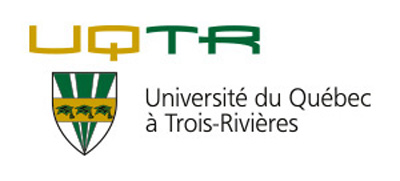Related projects
Discover more projects across a range of sectors and discipline — from AI to cleantech to social innovation.
Mitacs brings innovation to more people in more places across Canada and around the world.
Learn MoreWe work closely with businesses, researchers, and governments to create new pathways to innovation.
Learn MoreNo matter the size of your budget or scope of your research, Mitacs can help you turn ideas into impact.
Learn MoreThe Mitacs Entrepreneur Awards and the Mitacs Awards celebrate inspiring entrepreneurs and innovators who are galvanizing cutting-edge research across Canada.
Learn MoreDiscover the people, the ideas, the projects, and the partnerships that are making news, and creating meaningful impact across the Canadian innovation ecosystem.
Learn MoreWhile we enjoy the modern convenience brought by a multitude of man-made organic chemicals, such as surfactants and flame retardants, the exposure to these compounds, some of which are bio-accumulative, persistent and even toxic, may endanger our health. Humans are exposed to chemicals in consumer products during both product use in the indoor environment (near-field exposure), and consumption of contaminated animal- and vegetable-based foods (far-field exposure). The proposed research will use mechanistic models as powerful tools to systematically explore two fundamental but poorly understood questions: (i) What are the relative contributions of the two general chemical exposure fields to overall human exposure? And (ii) what factors influence these relative exposures the most. The proposed research will build upon the steady-state mechanistic human exposure models RAIDAR and RAIDAR-ICE. Batch simulation will be conducted to systematically investigate the influence of selected key parameters. TO BE CONT’D
Frank Wania
Li Li
University of Toronto
Environmental sciences
Environmental industry
Elevate
Discover more projects across a range of sectors and discipline — from AI to cleantech to social innovation.
Find the perfect opportunity to put your academic skills and knowledge into practice!
Find ProjectsThe strong support from governments across Canada, international partners, universities, colleges, companies, and community organizations has enabled Mitacs to focus on the core idea that talent and partnerships power innovation — and innovation creates a better future.













































































































































































































































































































